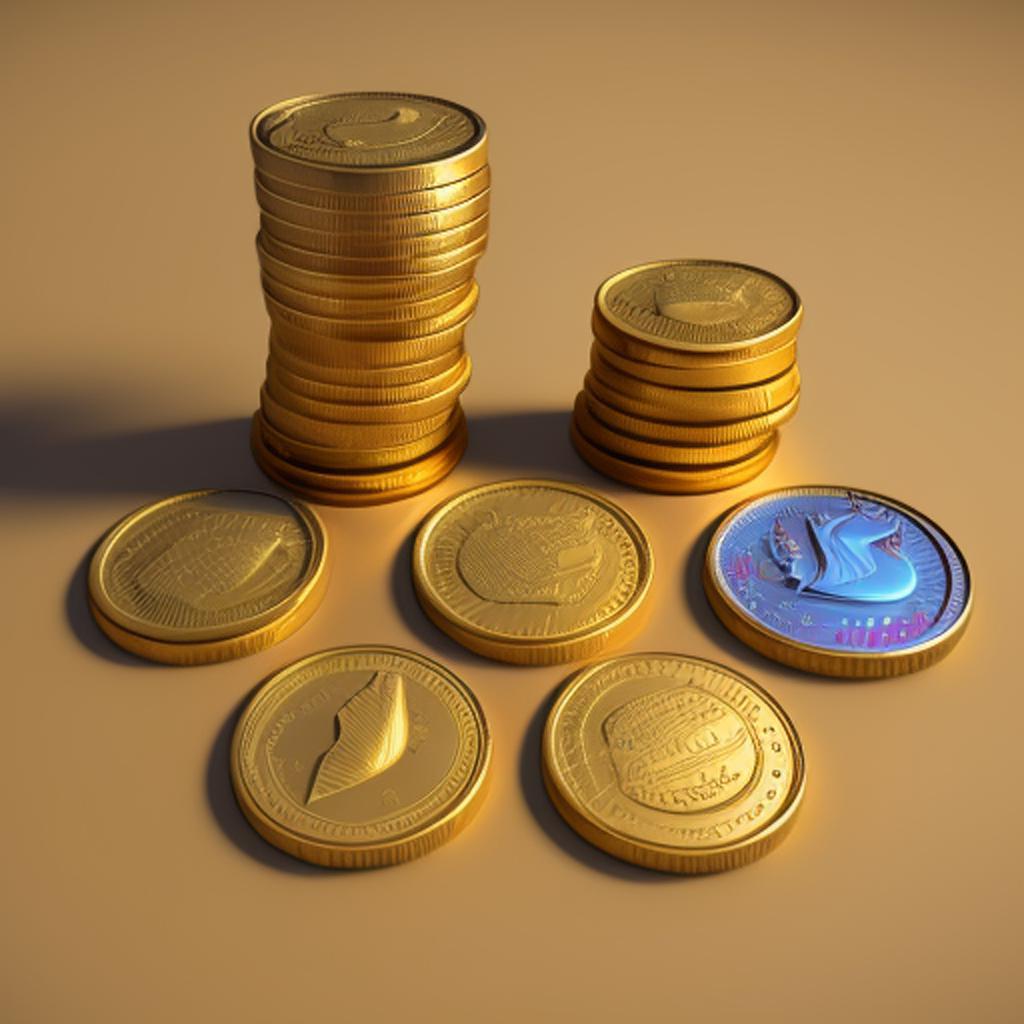US Inflation: Is it Finally Cooling Down? Insights from the CPI Report
Introduction
Inflation, that ever-elusive economic beast, has taken center stage once again. Picture this: prices rising, purchasing power shrinking, businesses fretting, and the Federal Reserve navigating uncharted waters. Fear not, dear reader, for the latest CPI report offers a glimmer of hope. It suggests that the red-hot flames of inflation might finally be losing some of their ferocity. Join me as we delve into the labyrinth of data, decipher the factors behind this cooling trend, and unravel the implications for our monetary overlords at the Federal Reserve.
stage once again. Picture this: prices rising, purchasing power shrinking, businesses fretting, and the Federal Reserve navigating uncharted waters. Fear not, dear reader, for the latest CPI report offers a glimmer of hope. It suggests that the red-hot flames of inflation might finally be losing some of their ferocity. Join me as we delve into the labyrinth of data, decipher the factors behind this cooling trend, and unravel the implications for our monetary overlords at the Federal Reserve.
US Inflation: Deceleration in the Works?
Prepare to be astounded by the CPI report’s findings! It divulges that consumer prices in May embarked on a leisurely stroll rather than a sprint. The annual increase clocked in at a modest 4%, marking a notable slowdown from the previous month’s 4.9%. Keep in mind, these figures fell slightly short of economists’ expectations, adding a dash of intrigue to the narrative. And wait, there’s more! Monthly price hikes languished at a mere 0.1%, failing to meet the projected 0.2% surge from April to May.
Ah, sweet respite! After a rollercoaster ride of soaring prices, this slight deceleration brings a sigh of relief. Picture the scene: a year ago, inflation galloped at a staggering 8.6% pace, but now, we witness the taming of the inflationary beast.
Factors Unveiling the Cooling Down Process
Ah, the dance of supply and demand, the eternal struggle of market forces. Let us explore the factors that have contributed to this alluring slowdown in inflation. Our first contender: the decline in energy prices. Yes, you heard it right! Lower energy costs have injected a much-needed dose of tranquillity into the marketplace, appeasing weary consumers. But that’s not all! Feast your eyes on the second player: a slowdown in food price surges. Together, they form an unstoppable duo, mitigating the pressures of inflation.
Hold your breath, for another twist awaits! Behold the magic of “base effects.” Cast your mind back to the past, where inflation ran rampant, soaring to a lofty peak of 9.1% in June. But fret not, dear reader, for the tides have turned. A downward trajectory has been set in motion, and it now emerges victorious in the CPI report’s hallowed pages.
The Fed’s Response and Monetary Policy
Alas, even in the face of progress, the battle is far from won. The current inflation rate of 4% still overshadows the Federal Reserve’s coveted 2% target. Fear not, for the mighty Federal Reserve has deployed its arsenal of monetary tightening measures since March 2022. They seek to tame the inflationary beast, wielding the power of interest rate hikes and vigilantly watching over the economy.
Yet, as the winds of change blow, there is a glimmer of possibility on the horizon. The whispers of a cooling down trend are growing louder. Should we dare to dream? The Federal Reserve might just hit the pause button on its relentless interest rate hikes. Ah, the suspense! As they evaluate the effectiveness of their actions in curbing inflation, we hold our breath, waiting for their verdict.
Our story unfolds on the grand stage of a Federal Reserve meeting, where the wise officials scrutinize every economic datum, including the hallowed CPI report. What shall be their decision this time? Market expectations reverberate with the likelihood of a pause in interest rate hikes. The cumulative impact of monetary tightening and stricter lending standards casts its shadow, shaping the path ahead.
Potential Easing in Specific Quarters
While inflation lingers as a constant companion, whispers of relief can be heard in the corridors of economic analysis. Let us focus our gaze on specific quarters where easing might just be on the horizon. Behold, the cost of cars and rent! These two towering pillars have played a pivotal role in stoking inflation’s fiery furnace. However, in a twist of fate, signs of easing are emerging.
Listen closely, dear reader! Rents and new leases waltz gracefully, showing signs of a slowing tempo. A potential decrease in annual shelter inflation might be within our grasp. But wait, there’s more! The realm of wholesale used car prices also reveals a glimmer of hope. Their feverish rise has slowed in recent months, hinting at a potential decline in car prices for eager consumers. Can you feel it? The tides of change, slowly turning the wheels of inflationary pressure.
Inflation within the Services Sector
Ah, the enigma of the services sector! Let us shine a light upon its inner workings. As we navigate through the labyrinth of economic intricacies, we find that inflation within this sector has left its indelible mark. But fear not, dear reader, for as the economy awakens from its slumber and supply chains regain their strength, the dynamics of the services sector evolve.
In the tapestry of change, a more balanced pricing environment may emerge, granting respite from the clutches of inflation. Let us witness this transformation unfold, paving the way for a more stable future.
Conclusion
In the realm of US inflation, a tantalizing glimmer of hope has emerged. The CPI report paints a picture of a beast slowly losing its fervor, with prices showing signs of a gentle stroll rather than a mad dash. The factors behind this cooling trend, such as declining energy prices and the impact of “base effects,” have contributed to this welcomed respite. While inflation still dances above the Federal Reserve’s target, there is a sense of cautious optimism. The prospect of pausing interest rate hikes looms on the horizon, as the Fed assesses the efficacy of its battle against inflation.
As we traverse the economic landscape, we anticipate potential easing in specific areas, such as rents and car prices. These small victories may alleviate some of the burdensome inflationary pressures we have endured. Yet, we must remain vigilant, closely monitoring the economic indicators that sway the tides of inflation and guiding our monetary policy decisions with wisdom.
FAQs
1. What is the CPI?
The Consumer Price Index (CPI) is a measure that tracks the average change in prices paid by urban consumers for various goods and services over time. It provides valuable insights into price movements within the economy.
2. Why is it important to control inflation?
Controlling inflation is vital because high and unpredictable inflation erodes the purchasing power of money. It affects the cost of living for individuals, impacts business operations, and influences investment decisions. Central banks strive to maintain price stability within a target range.
3. How does the Federal Reserve combat inflation?
The Federal Reserve combats inflation through monetary policy tools. It adjusts interest rates, regulates the money supply, and influences borrowing costs to manage inflationary pressures and maintain stability in the economy.
4. What are the potential implications of a slowdown in inflation?
A slowdown in inflation can bring about several positive implications. It may lead to increased purchasing power for consumers, reduced costs for businesses, and a more stable economic environment. This stability allows individuals and businesses to plan for the future with greater confidence.
5. Will inflation continue to cool down in the future?
The future trajectory of inflation is uncertain and depends on various factors, such as supply and demand dynamics, government policies, and global economic conditions. Continued monitoring and analysis of economic indicators will help gauge the direction of inflation in the coming months and years.

